PE’s Glendale-Burbank Line: What Could Have Been
By Ralph Cantos
History is full of “missed opportunities” both big and small. One such missed opportunity was Pacific Electric Railway’s Glendale-Burbank Line.
First of all, this modern PCC-operated rail line should HAVE NEVER BEEN ABANDONED. Replacing this fantastic rail service with a meandering bus line whose route took it all over the damn place was ridiculous.
Printed brochures stating that the new “modern” bus service would follow the route of the abandoned rail line as closely as possible could only be classified as a “JOKE.” Running time of the “modern air ride” bus service was 15 minutes longer than the abandoned rail service.
After rail service was abandoned, destruction and scrapping of the lines’ infrastructure commenced. The high grade rails down the center of
Brand Boulevard were paved over with almost indecent speed. Rails north of the lines crossing with the Southern Pacific at Richardson were pulled up quickly along Glen Oaks Boulevard.
The PE had high hopes of selling the 15-year-old Pullman Standard PCCs to another transit system. So, in anticipation of selling the PCCs, the outbound rails, substations, and overhead were kept intact all the way from the Subway Terminal to the Southern Pacific interchange at Glendale Station at Richardson.
By the mid 1950s, the used PCC market was flooded with hundreds of used postwar St. Louis Car Co. “all-electrics” from Detroit and the Twin Cities. Only Shaker Heights Rapid Transit showed any interest in these beautiful PE prewar older air-electrics.
Shaker Heights chose the Twin Cities all-electrics instead. So by early 1957, with the Shaker Heights deal dead, all remaining rails and overhead were scrapped. Aside from the rails on Brand Boulevard being paved over, the basic infrastructure of the line (less rails and overhead) was intact.
The remaining infrastructure of the Glendale-Burbank Line would have been a PERFECT candidate for rebuilding into a modern light rail line. But it was not to be. The 15-year period from about 1950 to 1965 was the darkest time for rail transit in America. Bus and petroleum companies had sold America a “bill of goods” regarding the superiority of rubber-tired transit over steel wheels on rails.
And so, beginning in 1959, the scrapping and destruction of the Glendale-Burbank Line began. The bridges over Fletcher Drive, Riverside Drive and the LA River were cut up and sold for scrap.
In mid-1972, the Allesandro Cut was destroyed for construction of the Glendale Freeway, a joke in itself. Then in 1974, construction of the Bonaventure Hotel cut into the PE Subway tunnel, destroying any possible reuse for rail transit. Most of the right-of-way from Fletcher Drive to the Riverside Drive crossing at Monte Sano was carved up and apartments built there.
And so, some 65 years after its abandonment, any hope and possibility of ever rebuilding the line has been “squashed” by greed, short-sightedness and just plain STUPIDITY.
Ralph Cantos Collection
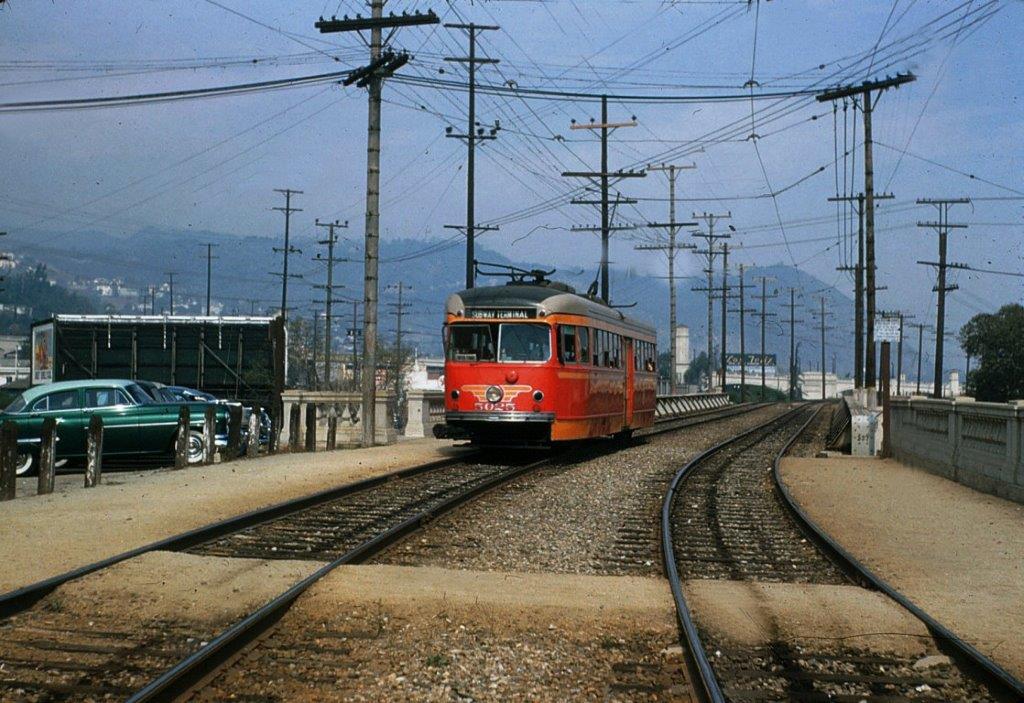
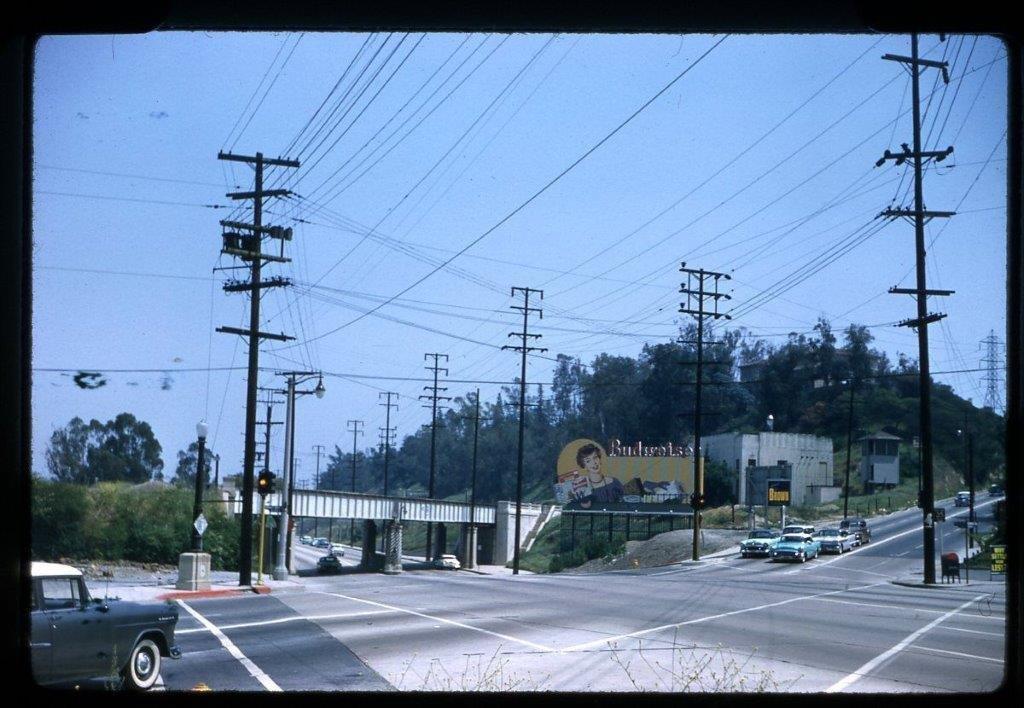
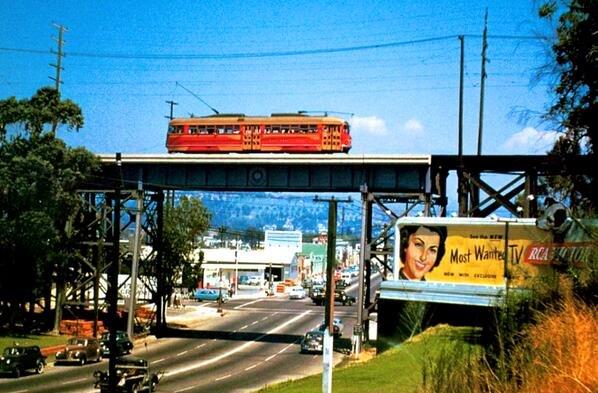

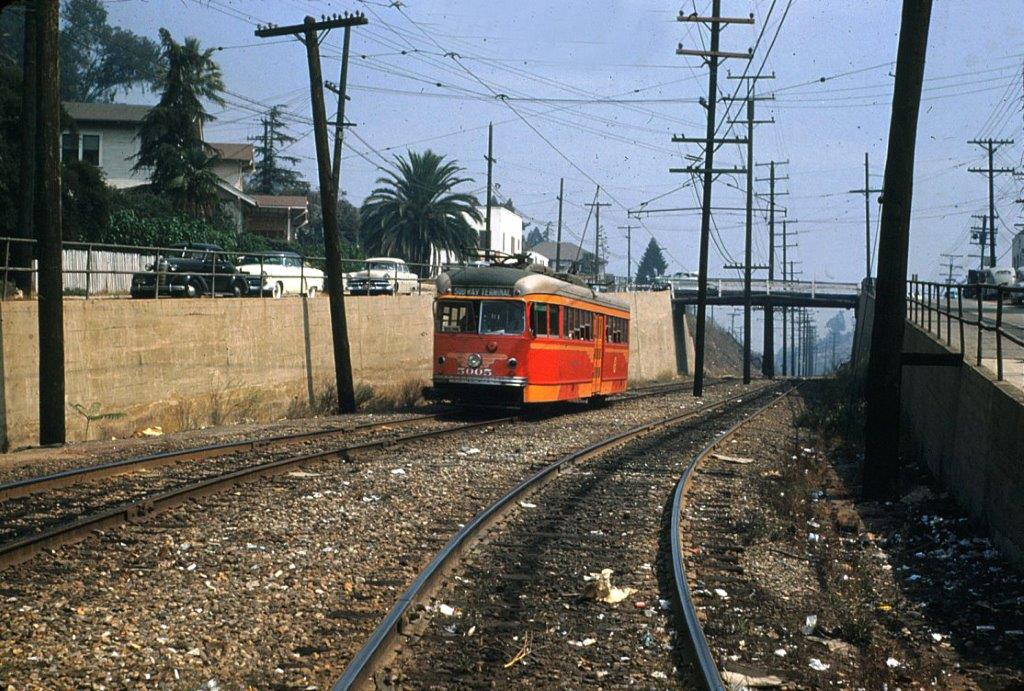





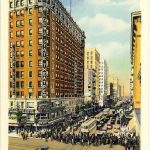
Too bad the San Francisco Municipal Ry. couldn’t have obtained PE’s PCC cars. It might have saved their B-Geary line as well as alleviate an immediate need to build wyes at the ends of the J-Church & M-Ocean View lines. All those Mack buses and used PCCs
from St. Louis that came to Muni in the 50s were leased although they did eventually buy the 2nd-hand PCCs. There were too many opportunities in car-centric America of the 50s that were missed and had to re-created years later costing taxpayers millions.
Too bad the San Francisco Municipal Ry. couldn’t have obtained PE’s PCC cars. It might have saved their B-Geary line as well as alleviate an immediate need to build wyes at the ends of the J-Church & M-Ocean View lines. All those Mack buses and used PCCs from St. Louis that came to Muni in the 50s were leased although they did eventually buy the 2nd-hand PCCs. There were too many opportunities in car-centric America of the 50s that were missed and had to re-created years later costing taxpayers millions.